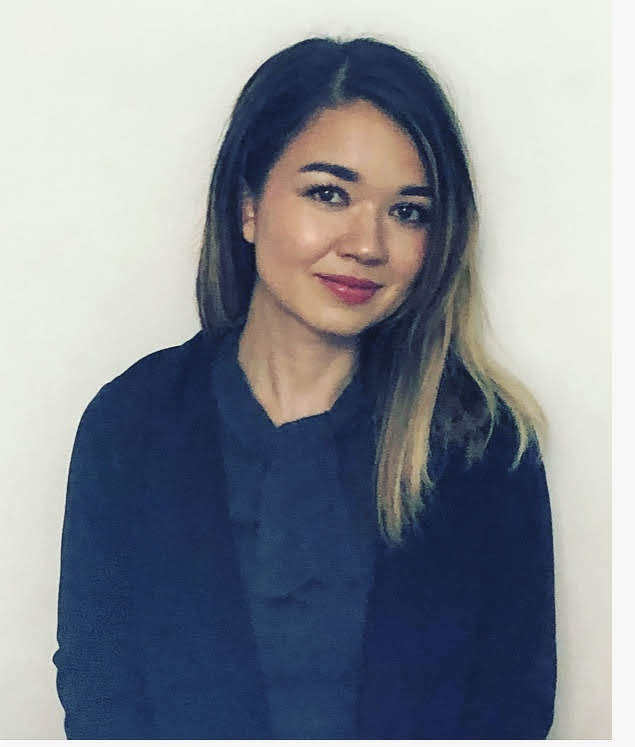Michelle Kamigaki-Baron
Research Area
Education
Ph.D. Linguistics, University of British Columbia (2020 - present)
M.A. Linguistics, University of Hawaiʻi at Mānoa (2020)
B.S Biological Sciences, University of Southern California (2014)
B.A. Political Science, University of Southern California (2014)
About
I am from the occupied kingdom of Hawaiʻi, a descendant of coffee pickers from Hōnaunau plantation country, and a heritage speaker of Hawaiʻi Creole (Pidgin), and a second language learner of ʻŌlelo Hawaiʻi (Hawaiian). Working from the framework of aloha ʻāina, I aim to do linguistics work that centers, is led, and returns back to ka lāhui Hawaiʻi.
My research interests broadly involve speech production and perception, sociophonetics, multilingualism, second language acquisition, and language revitalization. More specifically, I am interested in the cognitive representations at the sound and word level, and the interaction between language systems spoken by multilinguals. I use a variety of methods to conduct research, including psycholinguistic experimental tasks, corpus linguistics, computational models, and fieldwork.
I am currently investigating the vowel and stress system of Secwepemctsín (Shuswap), cue weighting strategies for Hawaiʻi Creole-English bilinguals compared to English monolinguals, and code-switching production and perception processes for Hawaiʻi Creole and ʻŌlelo Hawaiʻi bilinguals. As UBC Public Scholar Initiative recipient, my work is largely public-facing. have been featured in media including Hawaiʻi Public Radio, the Moana Nui Podcast, and the Green College Resident Members’ Series.
I am an active member of the Speech in Context lab, OoPS-Lab (Origins of Patterns in Speech Lab), the Secwepemctsín Research Group, and the Experimental
Publications
Grama, J., Kamigaki-Baron, M., Drager, K. (in press). Pidgin and English in Hawai’i. In R. Hickey and K. Burridge. New Cambridge History of the English Language Volume VI: English in Africa, Asia, Australasia and the Pacific. Cambridge: Cambridge University Press
Kamigaki-Baron, M., Soo, R., Babel, M. (in press). Bilingual speech and exemplar theory. In M. Amengual The Cambridge Handbook of Bilingual Phonetics and Phonology. Cambridge: Cambridge University Press.
Kamigaki-Baron, M. (2021). Acoustic Description of Secwepemctsín Vowels. The 56th Annual International Conference on Salish and Neighbouring Languages (ICSNL56) [paper]
Nastevski, A.L, Yu, B., Liu, S., Kamigaki-Baron, M., De Boer, G., Gick, B. (2021). How do masks affect the way we speak? Canadian Linguistic Association (CLA). [paper]
